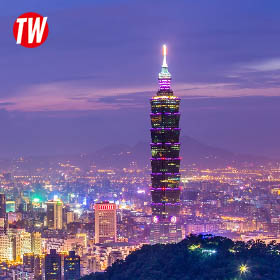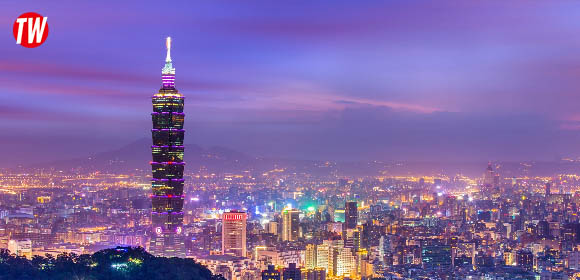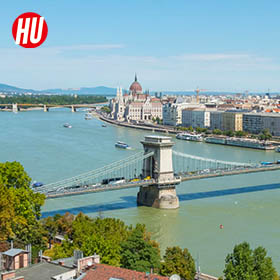
Taipei (臺北) is located on the northern tip of the island of Taiwan, and was originally named “Monga” (艋舺). Taipei is the political, economic and cultural center of Taiwan.
Taiwan’s Political, Economic, and Cultural Center
In the history of Taiwan, there was a saying “Fu (Tainan) First, Lu (Lukang) Second, and Monga (Taipei) the Third” (一府二鹿三艋舺), from where we can see the development of Taipei at that time was not as developed as the capital city Tainan and Lukang (鹿港 Deer Harbor). As the center of the whole island shifted to the north, Taipei gradually became the political, economic and cultural center of Taiwan. Today, Taipei has iconic buildings such as Taipei 101 (臺北101) and the Taipei National Palace Museum (臺北故宮博物院), as well as Taiwan’s “Presidential Palace” (總統府), the highest center of power on the island.

Taipei 101
Taipei's Eternal Landmark
Taipei 101 is a timeless landmark in Taiwan, standing at 508 meters tall and remaining the tallest skyscraper in the world for six years when it was completed at the end of 2004. 101 is equipped with the world's largest wind damper and an open-air observation deck on the roof that provides a panoramic view of Taipei.

Taipei National Palace Museum
Essence of 5,000 Years of Civilization
The Taipei National Palace Museum has a collection of nearly 700,000 pieces of ancient Chinese imperial artifacts and artworks, which encompasses 5,000 years of history of Chinese art.
Chiang Kai-shek in Taipei
Although Chiang Kai-shek (蔣中正) has been gone for many years, you can still find images of him in Taipei: the Shilin Official Residence (士林官邸), where he lived with his wife, Soong Mei-ling, the Grand Hotel Taipei on Yuanshan (圓山大飯店), where he hosted important guests, and the Chiang Kai-shek Memorial Hall (中正紀念堂).
Shopping and Leisure in Taipei
Due to the influence of the Japanese Occupation, there are many similarities between food and shopping in Taipei and Japan, such as Ximending (西門町), which is popular with young people. The night markets are the essence of Taiwanese food, Shilin Night Market (士林夜市) of Taipei is considered the most popular night market in Taiwan.





























